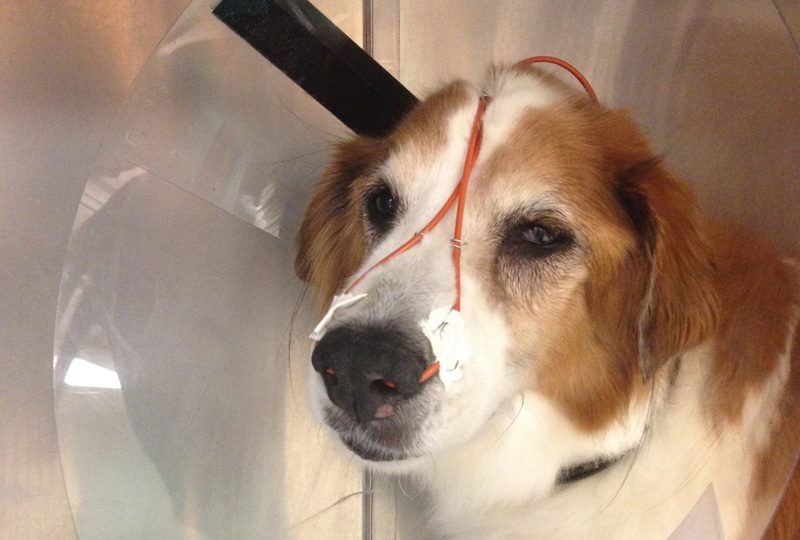
Bordetellosis in dogs and cats

The causative agent is the bacterium Bordetella bronchiseptica, belonging to the genus Bordetella. The most common disease occurs in young animals, up to about 4 months of age.
Sources of infection
Since bordetellosis is transmitted by airborne droplets, sneezing, coughing and nasal discharge, animals become infected by contact with each other or with an infected surface. Potentially dangerous places: walking areas, exhibitions, shelters, zoo hotels, places to visit when “self-walking” and contact with homeless or unvaccinated animals.
In dogs, bordetellosis can be one of the causes of “enclosure / kennel cough”, in cats – respiratory syndrome, along with calicivirus and viral rhinotracheitis, while bordetellosis can be combined with other infections.
Factors predisposing to the development of the disease:
- Stressful situations
- High density of animals kept together
- Poor ventilation in the room
- reduced immunity
- Other diseases
- Elderly or young age
- Subcooling
- Lack of active
Symptoms
After Bordetella bronchiseptica enters the body of an animal, it begins to actively multiply in the epithelial cells of the trachea, bronchi and lungs. Clinical signs appear only after a few days, although they can begin later, after 2-3 weeks.
Symptoms of bordetellosis include:
- Discharge from the nose and eyes
- Sneezing
- Cough
- Temperature rise to 39,5-41 degrees
- Fever
- Lethargy and decreased appetite
- Enlarged lymph nodes in the head
Such symptoms may also indicate other infectious diseases, such as panleukopenia in cats or adenovirus in dogs. To find out the specific type of pathogen, an examination is required.
Diagnostics
When contacting a doctor, be sure to mention whether your pet has had contact with other animals in the last three weeks, whether you have visited exhibitions or other places. An important role is played by the vaccination status of a cat or dog, whether there are other inhabitants at home with similar symptoms.
- First of all, the doctor will conduct a clinical examination: assess the condition of the mucous membranes, measure the temperature, palpate the external lymph nodes, listen to the trachea and lungs.
- After this, a chest x-ray may be recommended to rule out bronchitis and pneumonia.
- A CBC will also help detect signs of infection.
- If you have already started treatment on your own, but there is no improvement in your condition or the cough is too long, then it is recommended to conduct a video tracheobronchoscopy with taking a bronchoalveolar smear to assess the cellular composition and bacterial culture with subtitration to antibiotics. This is necessary to clarify the type of pathogen, exclude feline asthma and select the correct antimicrobial drug.
- PCR diagnostics will also help determine the type of pathogen. For this, a wash is taken from the pharynx or trachea. Often this manipulation is feasible only when the animal is under anesthesia.
Treatment and prevention
Treatment of bordetellosis is divided into symptomatic and specific:
- Antibiotics are used to rid the body of infection.
- To facilitate the process of sputum discharge, expectorants are used.
Clinically recovered animals can remain hidden carriers for a long time (up to 19 weeks or more). For prevention purposes, it is recommended to avoid large gatherings of animals, provide the pet with good living conditions, and use the vaccine against bordetellosis in dogs and cats.





